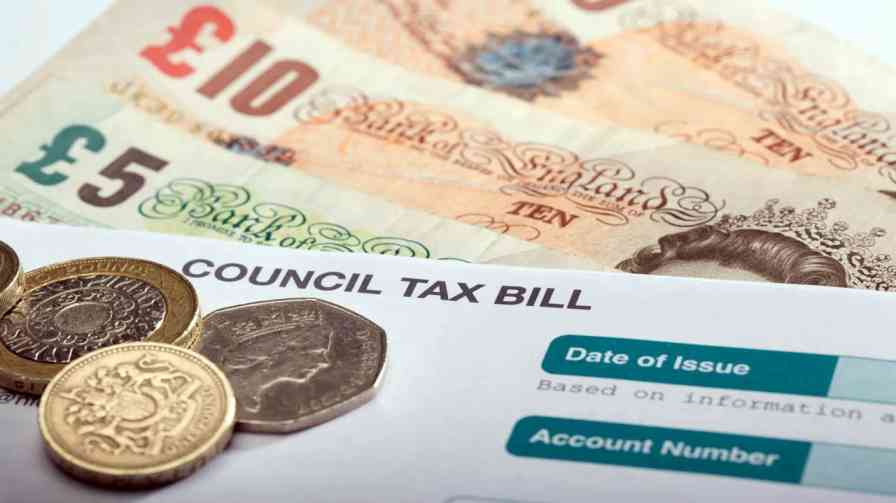Council Tax Burden Disparities, West Devon and Torridge council tax rates, Nottingham and Pendle council tax levels, Wandsworth’s lowest council tax burden, Council tax and property values, Rising council tax payments, Long-term council tax trends, 108% increase in council tax burden, UK regional council tax differences, Sustainable council tax solutions

Read More
- Realizing Potential: State Pension Boosted to £220/Week Amid Triple Lock Pledge and Changing Economic Landscape.
- Urgent Battle for Wilko: Prospective Buyers Compete to Salvage Troubled Retailer Amid Impending Deadline and High-Stakes Bidding
In some local authorities, council tax has surged to as much as ten pence for every pound, as indicated by recent data. The TaxPayers’ Alliance has conducted a new analysis, revealing significant disparities in council tax burdens across different regions of the UK. The North East stands out with the highest council tax burden relative to median earnings, at 8.66 percent, while Scotland boasts the lowest council tax relative to median gross pay at 5.1 percent, followed closely by London at 5.42 percent.
The TaxPayers’ Alliance has labeled this levy an “unsustainable burden” for financially strained households and is advocating for a freeze on council tax for the upcoming year. Notably, West Devon carries the heaviest council tax rate relative to median earnings, with Band D council tax amounting to £2,347, equivalent to 10.85 percent of median gross pay. Another example is Torridge in north-west Devon, where council tax also exceeds 10 percent of the median salary.
Nottingham and Pendle in Lancashire are the other areas where council tax exceeds 10 percent of regional median earnings. On the other end of the spectrum, Wandsworth in south-west London boasts the lowest burden, with residents paying 2.16 percent of their median gross pay for the levy.
Although council tax is tied to property values, payments have generally risen compared to income and property prices. The TaxPayers’ Alliance’s research indicates that council tax in England has increased by 79 percent in real terms over the past 30 years.
National burden
Mounting Council Tax Strains Households: National Burden Soars by 108% Since 1993″ The weight of council tax relative to median earnings has skyrocketed by 108 percent since its establishment in 1993, placing an increasingly heavy burden on taxpayers throughout the country. Disproportionate impact has been observed in areas with lower house prices, leading to an intriguing paradox: despite commanding the highest house prices, London residents enjoy the lowest average council tax bills in the country.
Craig Mackinlay, Conservative MP for South Thanet, has voiced concerns over the escalating burden of council tax on taxpayers’ net income. He has emphasized the urgency of addressing this issue by advocating for a straightforward freeze, a measure that he believes would be well-received and beneficial. Mackinlay has also called for comprehensive reforms to the broader tax framework governing local authorities, stressing the need for innovative solutions from the Department for Levelling Up, Housing, and Communities (DLUHC).
Over the past two decades, there have been a staggering 9,462 individual council tax increases, with a mere 404 freezes and 393 cuts, according to previous analysis conducted by the TaxPayers’ Alliance. John O’Connell, representing the alliance, expressed deep concern for taxpayers grappling with the unsustainable weight of council tax. He highlighted an alarming trend: the burden seems to fall most heavily on financially strained households rather than those better positioned to bear it. As a minimum gesture, O’Connell called on local authorities to implement a freeze on council tax in the coming year, providing much-needed relief for residents.
Read More